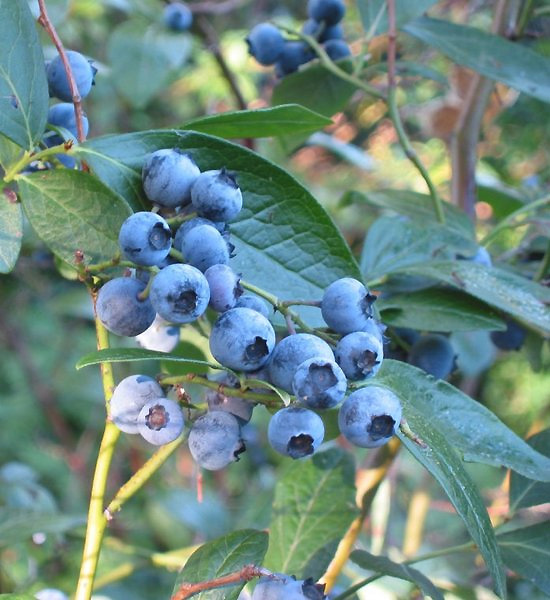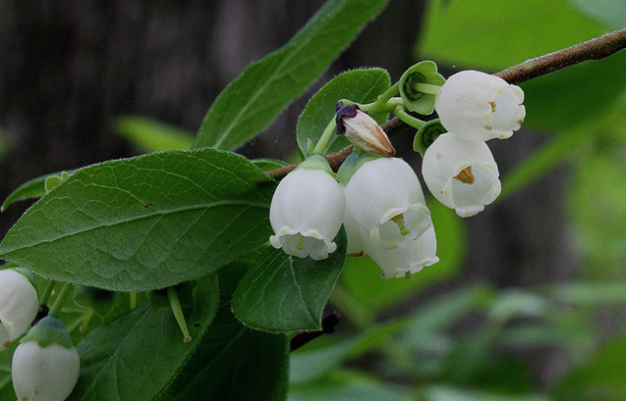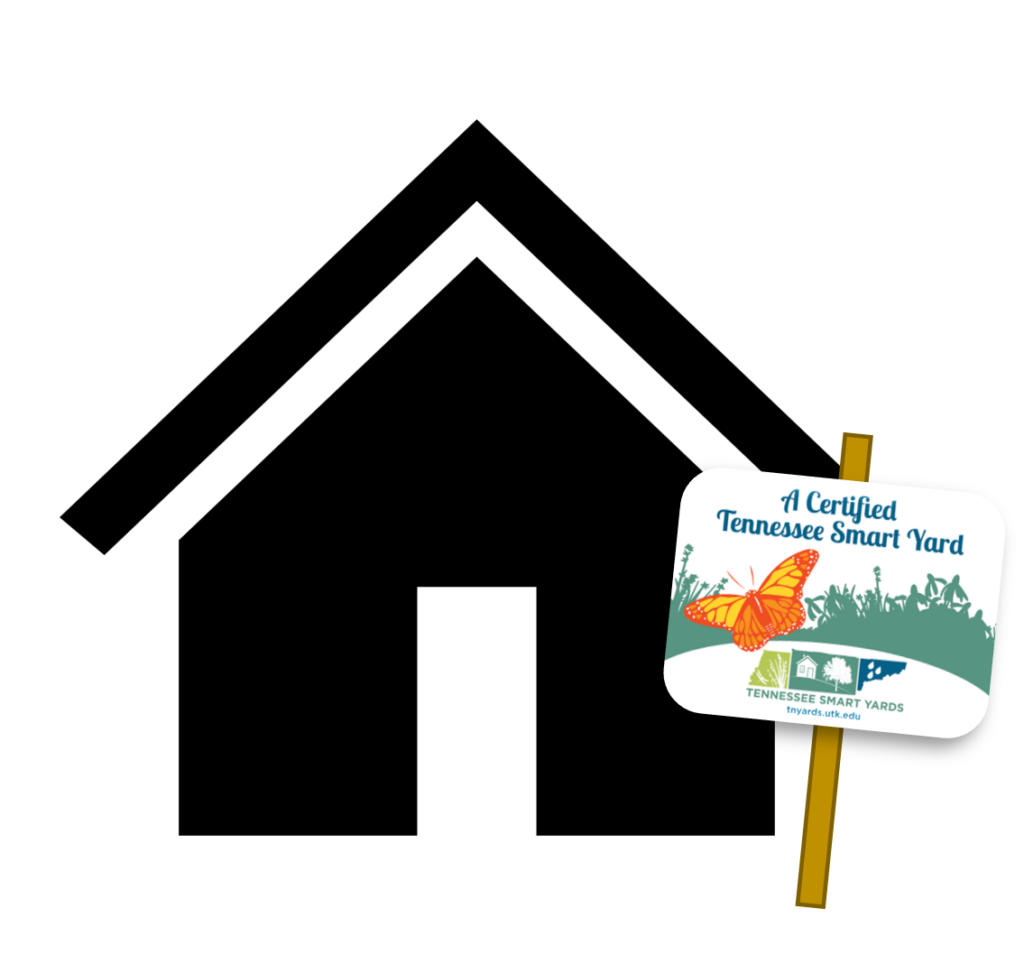
Common Name: Highbush Blueberry
Full to part sun; wet to moderately dry moisture level; best in soil with lots of rich, organic matter but grows in coarse, gravelly or sandy loams, fine loamy sand and organic peats; demands strongly to moderately acid pH.
6-12 feet height by 6-12 feet spread; blooms in May; white to pinkish flowers; dark blue, globular, ¼ inch diameter berries in July and August.
Growth Rate: Slow
Maintenance: Occasional disease and insect problems. Mulch to reduce injury, and prune after fruiting.
Propagation: Most commonly propagated by softwood cuttings. Seeds varyingly reported as seed germination code A or C(90) at 41 degrees F.
Native Region: East Tennessee, Highland Rim and West Tennessee uplands
Deciduous, dense, upright, multi-stemmed shrub. This species is the source of major blueberry-producing species in commercial production. Showy, edible fruit. Fruit has an excellent, sweet-tart flavor. Produces best fruit crop in damp, open habitats. Excellent range of yellow to orange to red fall color in leaves. Because of its food value and spectacular fall foliage, this species is excellent for naturalizing. Visually effective when planted with rhododendrons and azaleas which require the same soil. Occurs naturally in and around marshes, swamps, lakes and flood-prone areas and also in drier areas such as dunes, rocky hillsides, oak woods and pine woods. Very high wildlife value. Attracts more than 30 different species of birds as well as mammals, butterflies and bees. More than 50 cultivars have been developed.

